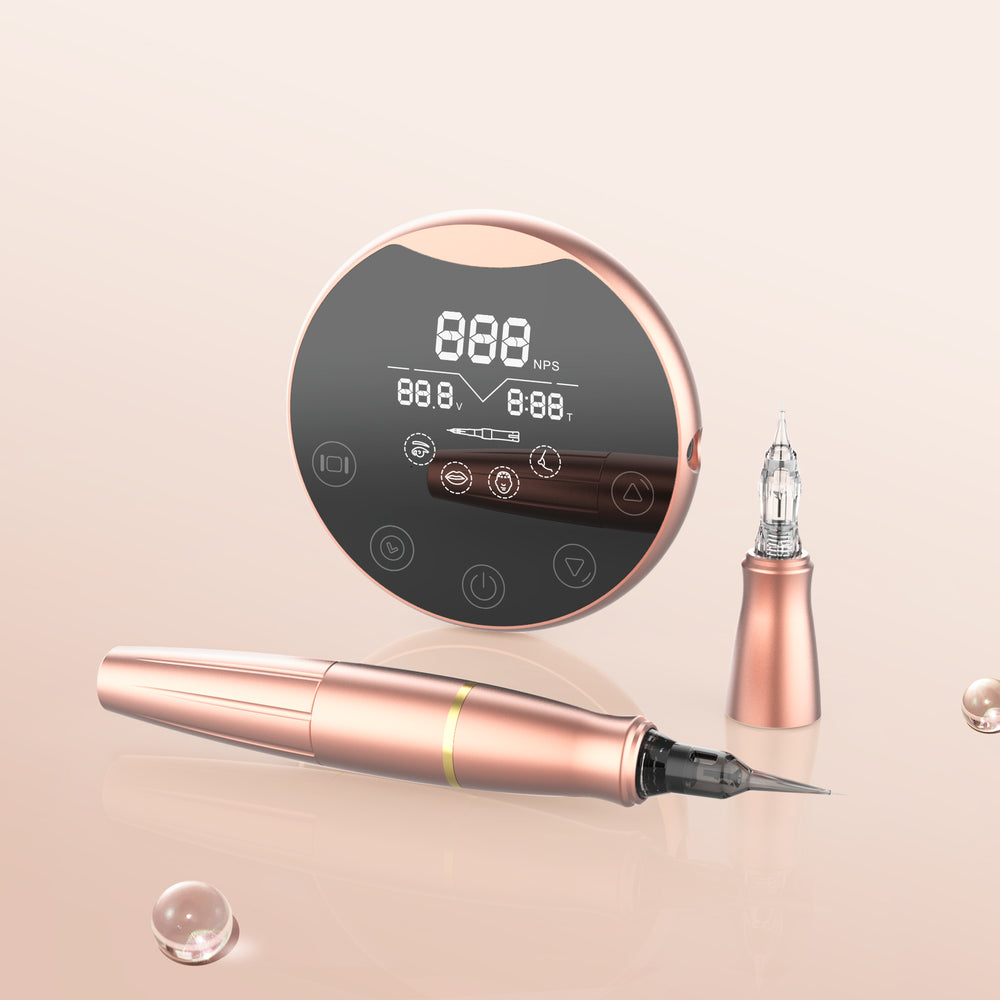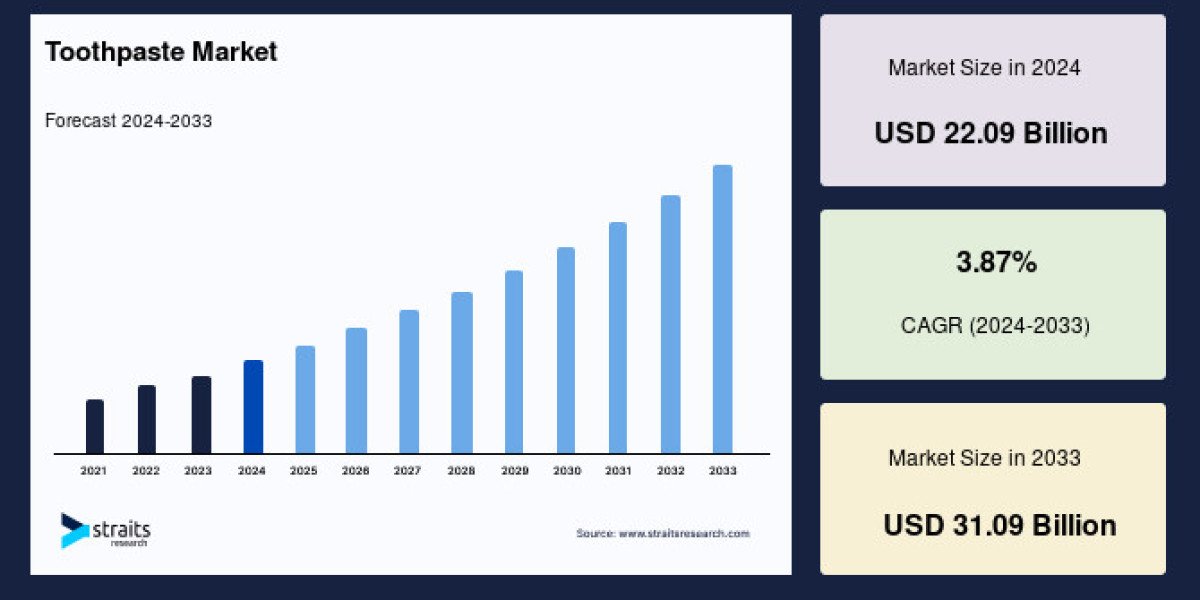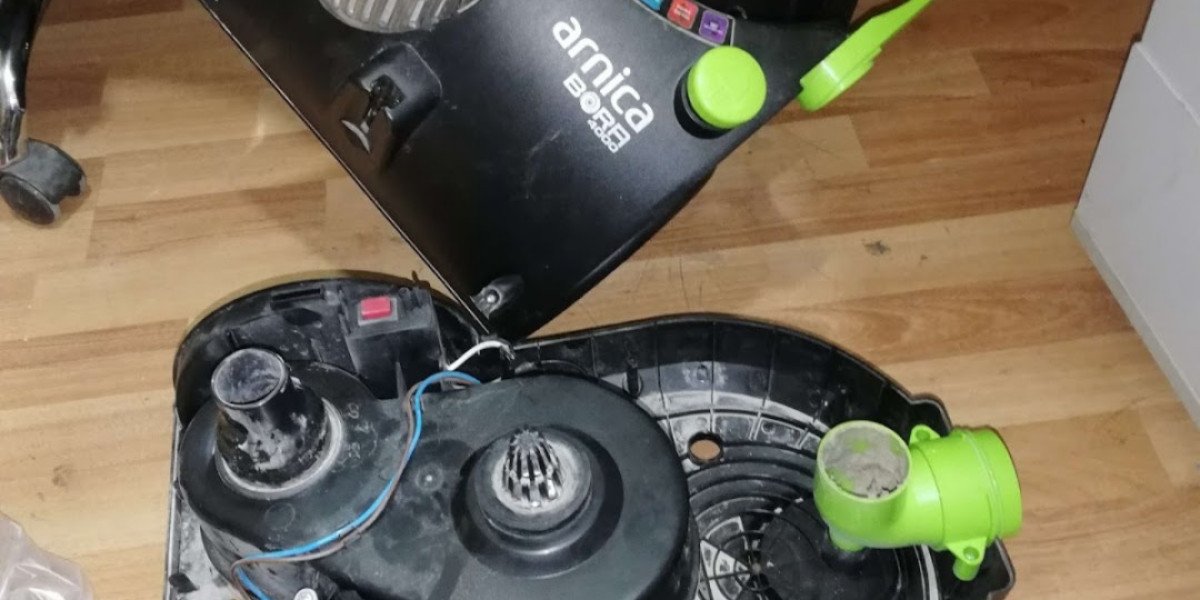Unlock the Secrets: Mastering Hygiene Compliance in the Beauty Industry!
Hygiene compliance in the beauty industry is not just a regulatory necessity; it’s a cornerstone of trust between professionals and clients. As the beauty landscape continues to evolve, the scrutiny surrounding hygiene practices grows sharper. Clients today are more informed and concerned about their health and safety, pushing beauty professionals to uphold rigorous hygiene standards. Non-compliance can lead to severe repercussions, including legal issues and damage to reputation. My friend, a cosmetologist, shared her experience of losing clients when her salon faced scrutiny for hygiene lapses, underscoring the critical nature of maintaining high hygiene standards. The beauty industry must prioritize hygiene compliance to foster a safe environment and build lasting client relationships.

Understanding Hygiene Compliance Standards
Hygiene compliance refers to the adherence to established standards and regulations regarding cleanliness and sanitation within the beauty industry. This concept is crucial, as it directly impacts both the safety of clients and the professional integrity of beauty service providers. Various standards govern hygiene practices, including local regulations set by health departments and broader international guidelines such as those from the World Health Organization. These standards outline essential practices like the use of sterile equipment, proper sanitation of workspaces, and protocols for handling products. Understanding these regulations is vital for beauty professionals to ensure they not only comply with the law but also provide a safe and welcoming environment for their clients.
Key Regulations in the Beauty Industry
The beauty industry is subject to numerous regulations that significantly impact hygiene compliance. Sanitation protocols are at the forefront, requiring professionals to regularly clean and disinfect tools and workspaces to prevent contamination. Equipment sterilization is another critical area; many states mandate that tools such as scissors and combs be sterilized between clients, often using autoclaves or other sterilization methods. Furthermore, personal hygiene practices for beauty professionals—such as handwashing, use of disposable gloves, and wearing clean uniforms—are essential to maintaining hygiene compliance. These regulations ensure that clients receive services in a safe environment, minimizing the risk of infections or health complications resulting from poor hygiene practices.
Best Practices for Maintaining Hygiene Compliance
To ensure hygiene compliance, beauty professionals should adopt several best practices. Regular training for staff on hygiene standards is crucial; ongoing education helps team members stay informed about the latest regulations and techniques. Proper storage of products is also essential, as many beauty items can become contaminated if not stored correctly. Maintaining a clean workspace should be a daily commitment; professionals should establish routines for cleaning surfaces, tools, and equipment after each use. Additionally, my friend implemented a “clean-as-you-go” policy in her salon, which significantly reduced clutter and enhanced overall hygiene compliance. These actionable steps not only protect clients but also promote a positive atmosphere within the beauty establishment.
The Role of Technology in Hygiene Compliance
Technology plays a pivotal role in enhancing hygiene compliance within the beauty industry. Digital checklists can simplify the monitoring of sanitation practices, ensuring that no steps are overlooked. Moreover, sanitation tracking apps allow professionals to log cleaning schedules and equipment sterilization details, making compliance more manageable. Communication tools can also help beauty professionals alert clients about hygiene practices being followed, boosting their confidence in the services provided. For instance, my friend's salon adopted a client communication app that allows them to share their hygiene protocols with clients, fostering trust and transparency. Embracing technology not only streamlines hygiene compliance but also demonstrates a commitment to client safety.
Ensuring Safety through Hygiene Standards
Mastering hygiene compliance in the beauty industry is essential for both professionals and clients. It not only safeguards clients' health but also enhances the reputation and success of beauty establishments. By understanding the standards, adhering to regulations, implementing best practices, and leveraging technology, beauty professionals can create a safe, welcoming environment that fosters client loyalty. As the industry continues to evolve, ongoing education and dedication to hygiene standards are paramount. Let’s commit to making hygiene compliance a priority in our beauty practices for the benefit of everyone involved.








